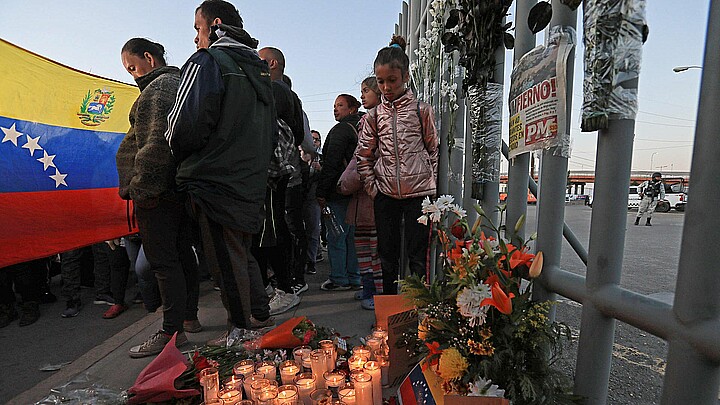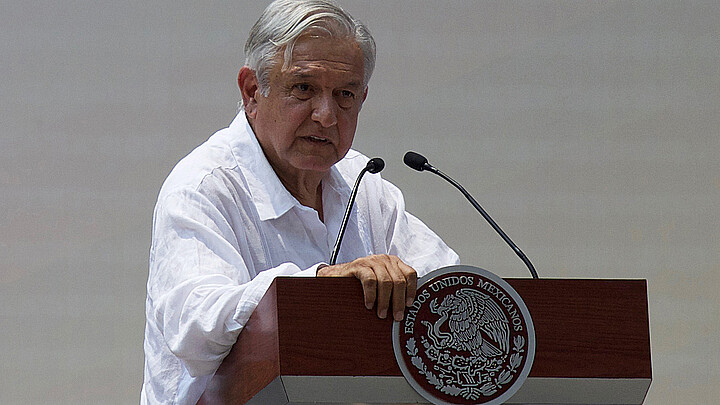Human Rights
Forced internal displacement in Mexico tripled due to violence in 2021
In 27 municipalities of Michoacán, there were 9,059 cases of people displaced due to organized crime
July 28, 2022 3:27pm
Updated: July 28, 2022 7:59pm
The wave of violence that hit Mexico during 2021 and resulted in more than 35,000 homicides, forced thousands of people to leave their homes.
Last year alone there were around 28,867 new forced internal displacements due to violence in the Aztec country, according to data from the Mexican Commission for the Defense and Promotion of Human Rights (CMDPDH). The data shows a significant increase compared to previous years: in 2019 there were around 8,664 cases, while in 2020 there were 9,714.
Eight states accounted for the largest number of forced displacements: Chiapas, Chihuahua, Guerrero, Michoacán, Oaxaca, Tamaulipas, Zacatecas, and Jalisco.
Forced internal displacement is a human rights violation that occurs when individuals or groups of individuals are forced to flee their homes or places of habitual residence as a result of, or to avoid the effects of, a situation of generalized violence.
In Mexico, several issues cause displacement: drug trafficking, armed conflict, organized crime, extortion, and kidnapping. In 27 municipalities in Michoacán, for example, 9,059 cases of displacement were due to the presence of organized crime, reported Infobae.
Other cases involve direct threats, mainly against human rights defenders, activists, or journalists.
During the first three years of President Andrés Manuel López Obrador (from 2019 to 2021), 46,705 internally displaced persons were reported in Mexico. Data collected by the CMDPDH also shows that, from 2006 to last December, the total number of internally displaced persons exceeded 379,000.
In 2019, the Mexican State officially recognized the existence of forced internal displacement in the country and pledged to address the problem comprehensively. However, there is still no specialized regulatory framework at the federal level that determines the distribution of resources and responsibilities among the different authorities in charge of designing and implementing policies for prevention and comprehensive attention to this phenomenon, said the CMDPDH.










